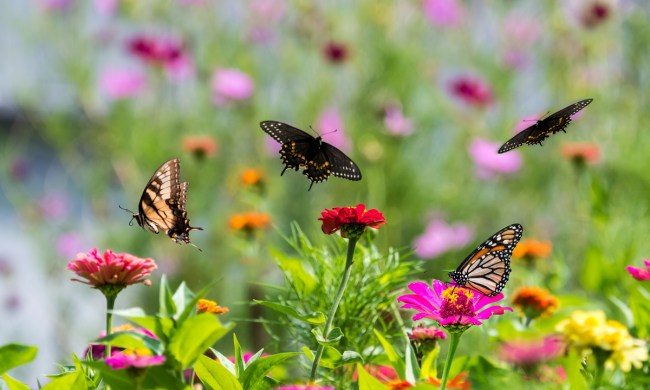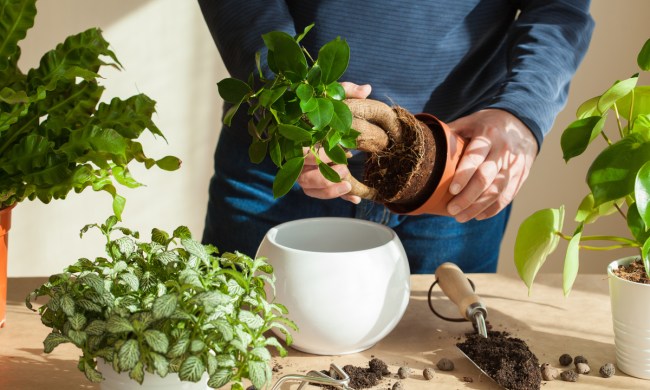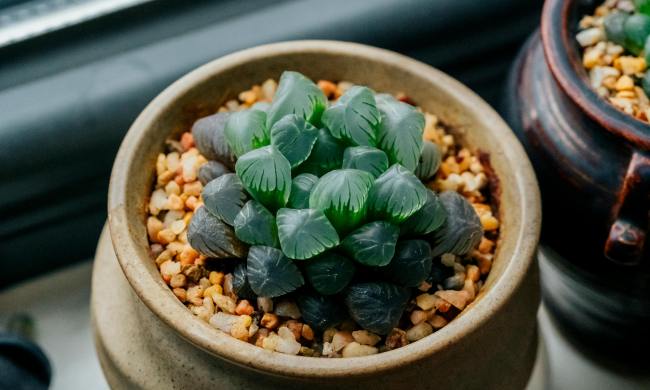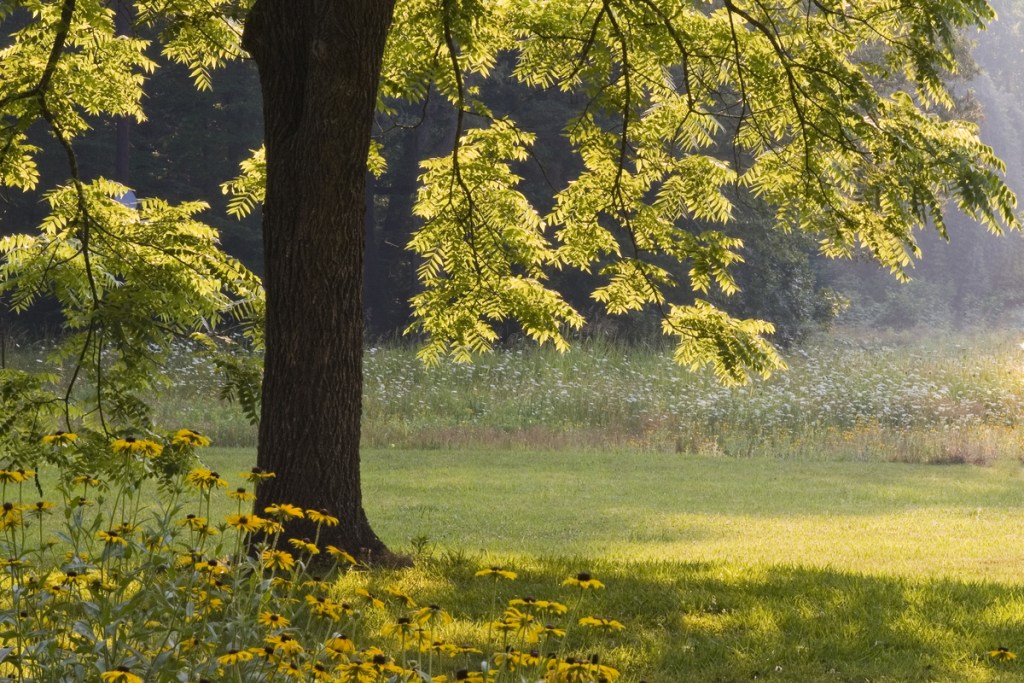
When planting a garden, your landscape and ideas may not always align with what’s best for the plants. Many beautiful flowers need full sun, which can be frustrating if your garden is shady. The good news is that just as many stunning flowers enjoy the shade. Not all plants are alike, and while they all want sunlight, they don’t all want the same amount or the same kind. If your garden has morning shade and afternoon sun, then these are the morning shade plants you should know about.
What kind of light is morning shade?
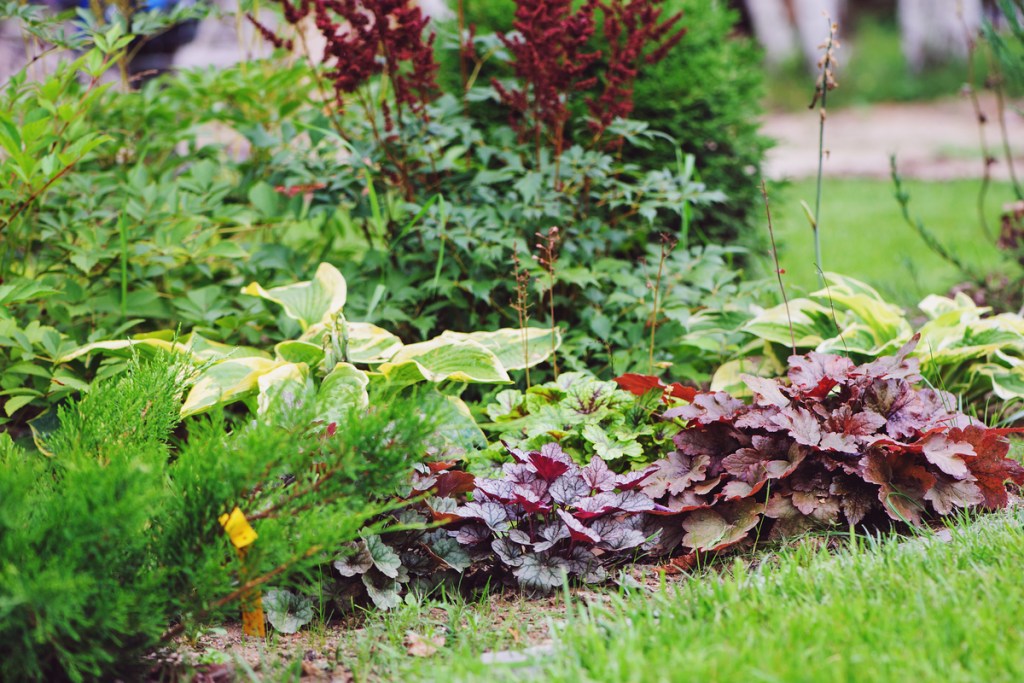
There are five categories of sunlight that gardeners fit all plants into: full sun, partial sun, partial shade, dappled sun, and full shade. Each type has a long list of plants that love that kind of environment. Morning shade with afternoon sunlight would qualify as partial shade, but it is a specific type.
Many plants prefer the less harsh light of morning light and then want to be shaded during the hottest part of the day in the afternoon. There are, however, many plants that love being shaded in the morning while soaking up those bright rays in the afternoon heat.
Does the region you live in impact the lighting your plants prefer?
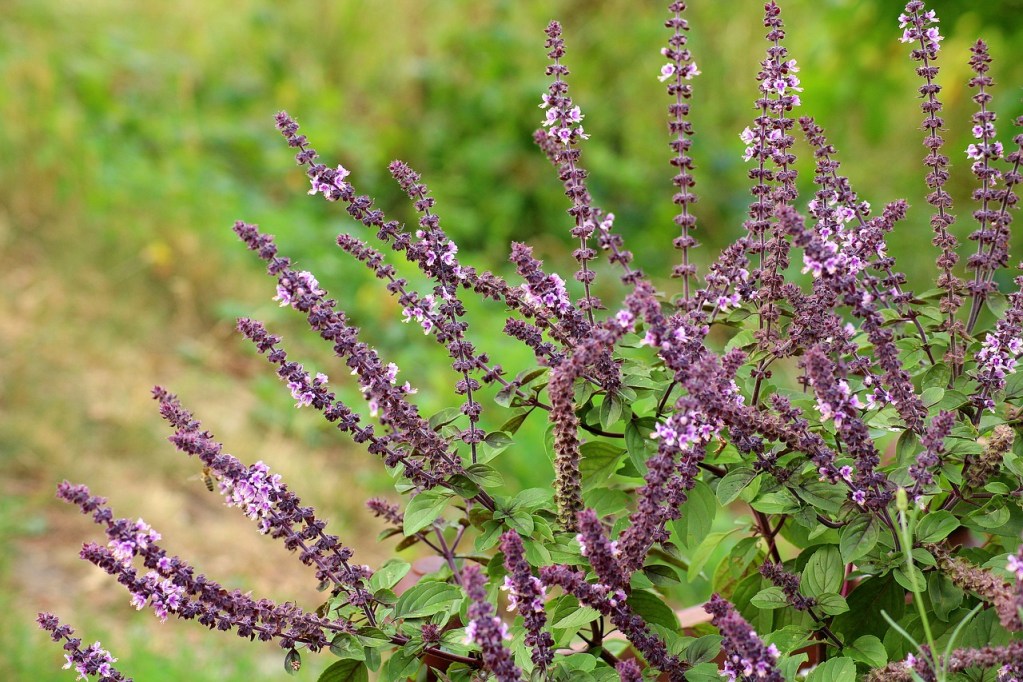
Where you live can impact the types of lighting each plant needs. The closer you are to the equator, the brighter and more intense the sunlight will be, while places further away will have less harsh sunlight. To determine how you should account for this, check the plant’s USDA hardiness zone.
If the plant is hardy in more northern ranges, then it is more likely to be sensitive to the intense light found in southern states and will likely prefer partial shade when growing there. On the other hand, a plant that is hardy in primarily southern states may need more light when planted in the north and will likely prefer full sun or afternoon sun.
Flowering plants that do well in morning shade
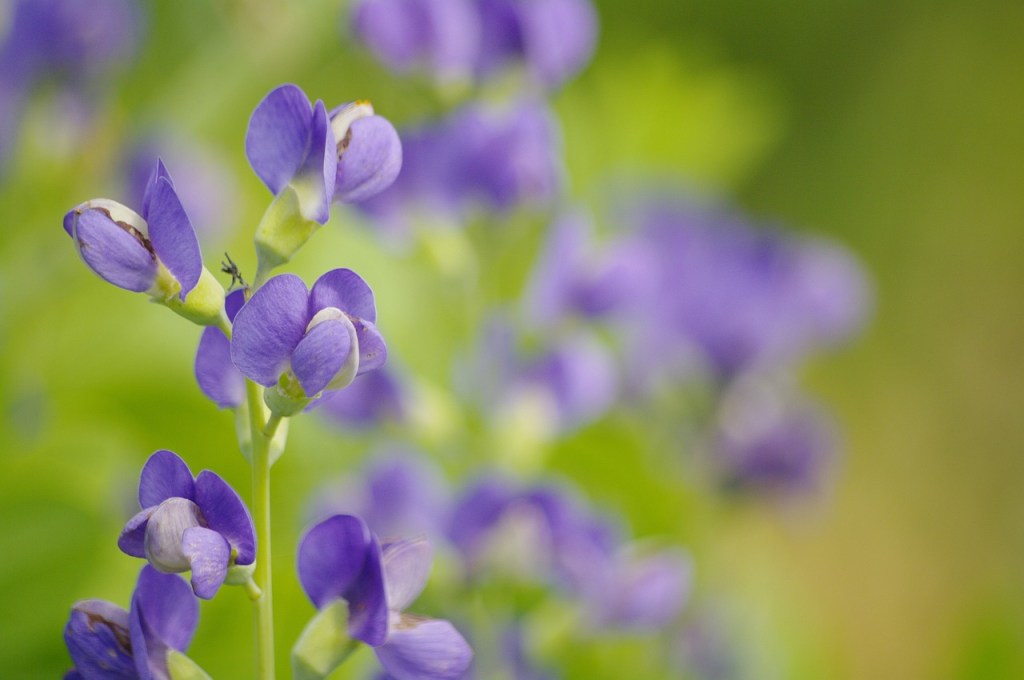
If you’re looking to plant some color around your home, here are some beautiful flowering plants that do great in the afternoon sun and morning shade.
Baptisia (zone 3 to 9)
This beautiful purple flower is a spring bloomer that can grow up to 4 feet tall. Once its flowers fade, it grows inflated seeds up to 2 1/2 inches long and turns black as they ripen. Also called false indigo, baptisia can be used to make homemade blue dye!
Amsonia (zone 5 to 8)
There is never a dull moment with this flowering plant. Amsonias are a clump-forming plant and will have a new eye-catching feature during each season. In the spring, the star-shaped flowers are bright and clustered together. They grow up to 3 feet tall. When the flowers fade, the colorful green leaves take their time to shine as they slowly turn golden in the fall.
Salvia (all zones)
This plant has many varieties in countless shades of color, ranging from pink and purple to orange and maroon. Not only can you find the perfect color for you, but you can also enjoy these colors over and over. Salvias bloom over and over, and some varieties can grow up to 3 feet tall.
Peonies (zone 4 to 9)
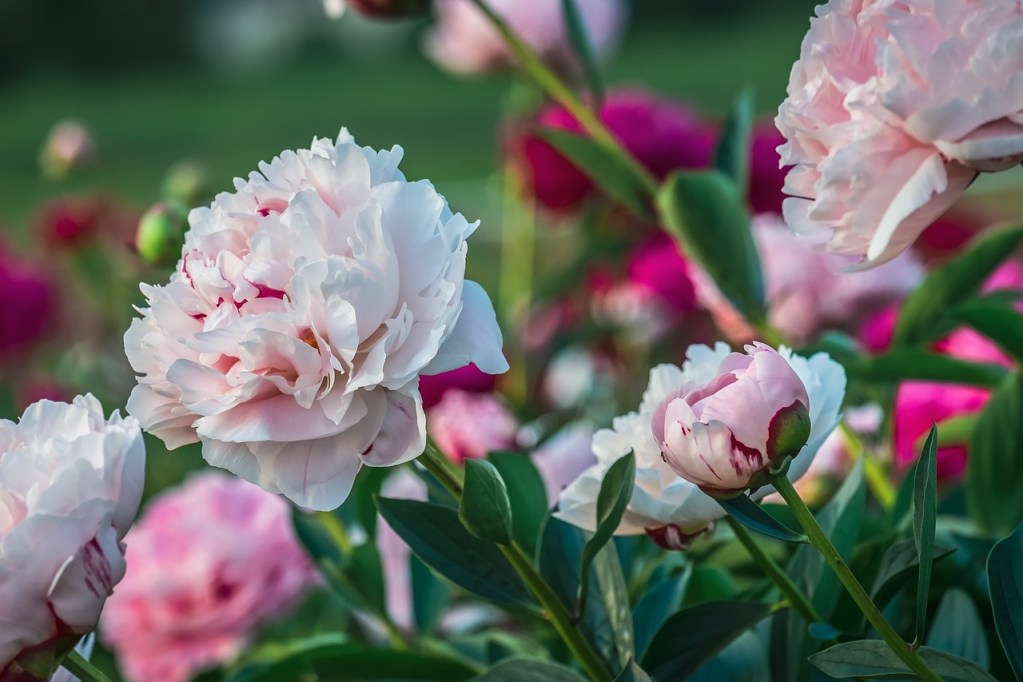
There are three types of peonies to consider. Tree peonies flower in mid-spring. Herbaceous peonies are about 3 feet tall and come in various colors and flower shapes. Itoh peonies have huge blossoms and won’t grow over 3 feet tall. All of them are low-maintenance plants and have a wow factor when in bloom.
Hosta (zone 3 to 8)
A plant most of us know and love, the hosta is a hardy, large-leafed plant that comes in many varieties and colors. They flower in late spring or summer, and their bloom will grow high above the leaves, creating a firework effect.
Virginia bluebells (zone 3 to 8)
This delicate flowering plant is a stunning early spring bloomer. Bluebells have trumpet-shaped blooms that range in color from pink to purple. The leaves are a blueish-green color and will die back to the ground as the days get too hot and long.
Impatiens (zone 1 to 8)
This flower not only loves morning shade and afternoon sun, but it can also tolerate the mild growing seasons of colder zones to the hot summers of zone 8. Most varieties do not grow over a foot in height, but they do come in a wide range of colors like red, pink, yellow, purple, coral, white, and violet.
Coneflowers (zone 5 to 8)
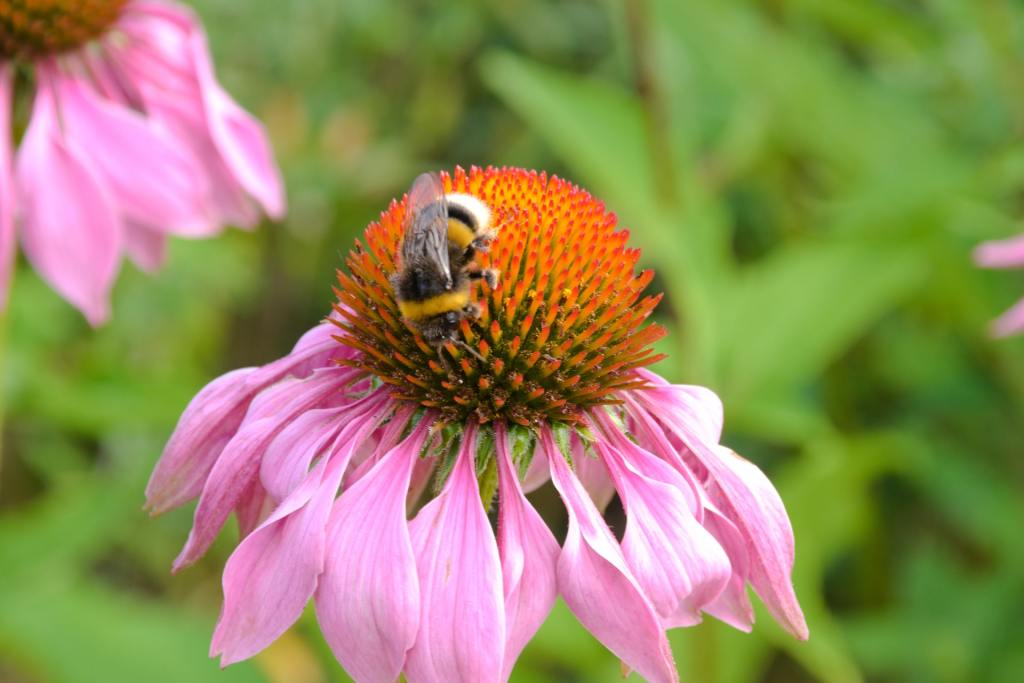
These classic flowers are a staple in many landscapes. They produce stunning bright flowers that typically have petals in shades of pink or purple with an orange or red center. The petals will fold down, creating the cone shape that they are named for. Coneflowers are tall, upright plants and are popular with birds.
Daylilies (zone 3 to 9)
Daylilies come in many varieties with one or more blooming almost any time during the spring, summer, and fall. They come in a range of colors, and the blooms can grow up to 6 inches across. They can be grown indoors as well, but just be sure to keep them away from cats.
Vegetables that do well in morning shade

When looking for a veggie to grow in the morning shade and afternoon sun, check out these yummy vegetables that love this type of light. These are great plants to put next to taller crops that might shade their neighbors or to grow in containers that sit on your deck or porch.
- Carrots (zone 3 to 10)
- Celery (zone 2 to 10)
- Bush beans (zone 3 to 10)
- Cucumbers (zone 4 to 12)
- Climbing peas (zone 2-11)
Fruits that do well in morning shade
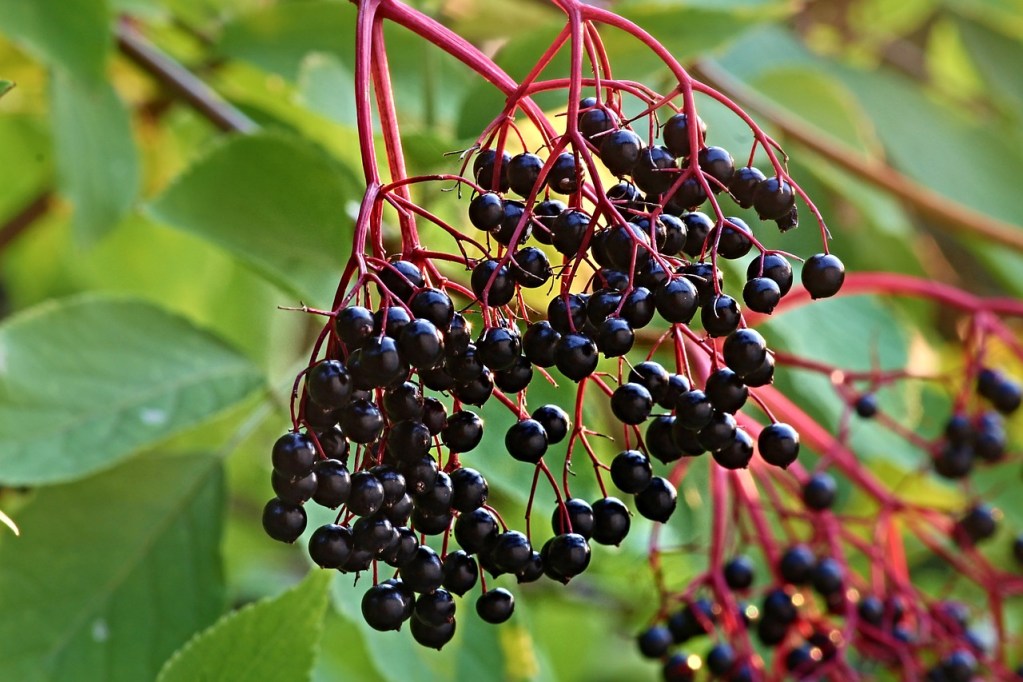
Yes, you can absolutely grow fruit even if your yard features partial shade. Along with veggies, there are many fruits that can do well with morning shade and afternoon sun, too. While fruiting plants generally prefer full sun to produce flowers and fruits, you can get away with partial shade, especially if you get decent sun exposure later in the afternoon. When you’re hitting up your local nursery for fruits to grow in the morning shade, check these plants out:
- Gooseberries (zone 3 to 8)
- Strawberries (zone 3 to 9)
- Elderberries (zone 3 to 9)
- Currants (zone 3 to 8)
These are great options for your garden, whether you’re looking to fill a shady morning spot with color or edible plants. Remember to look into your zone to be sure you can successfully grow a plant before investing. Meanwhile, if you’re looking for more options, check out which fruit trees thrive in shady backyards.
